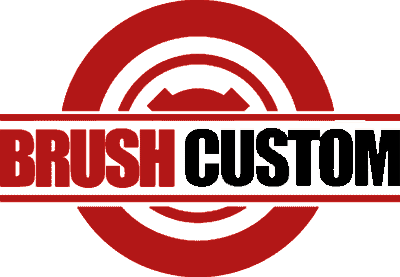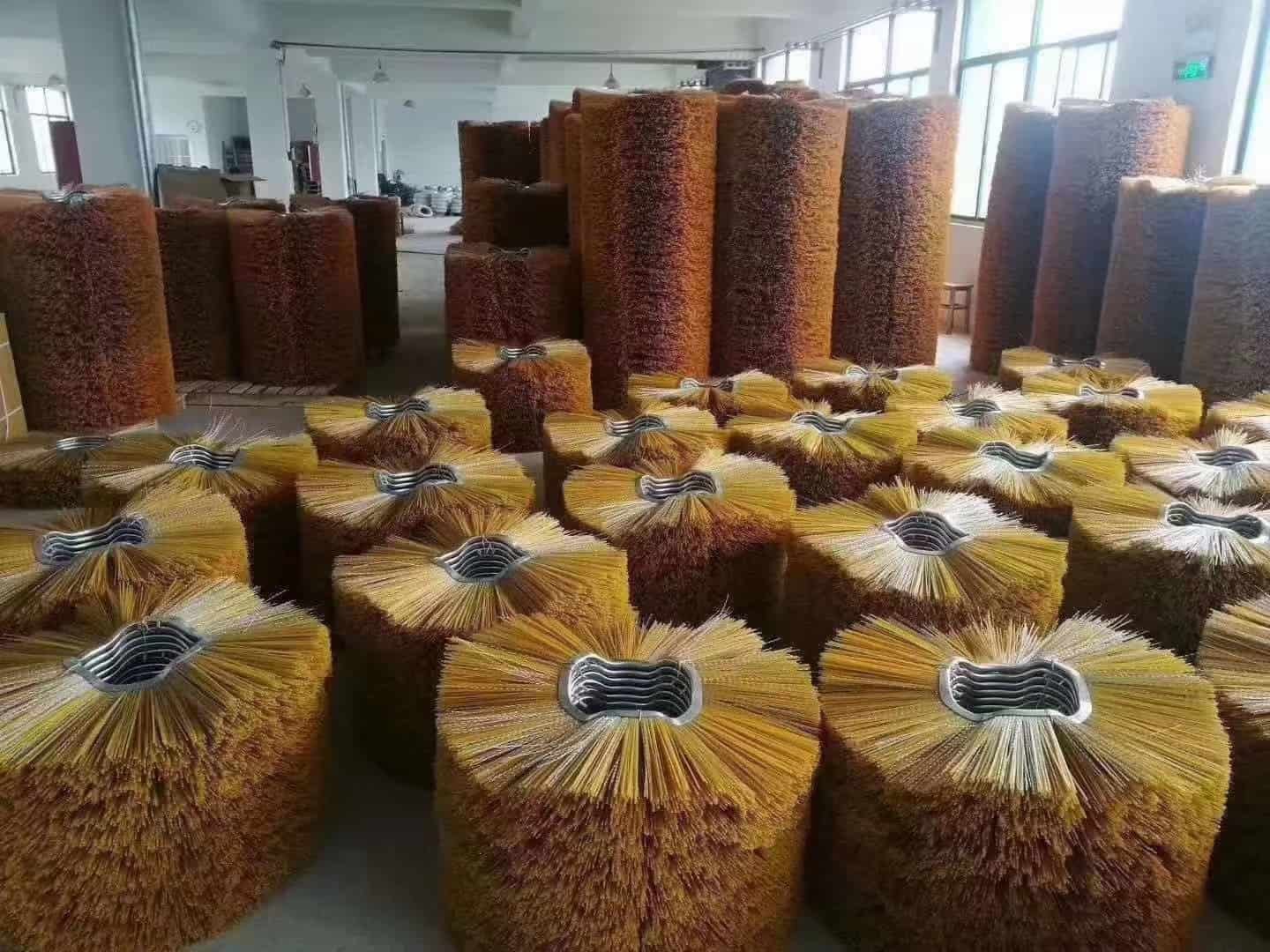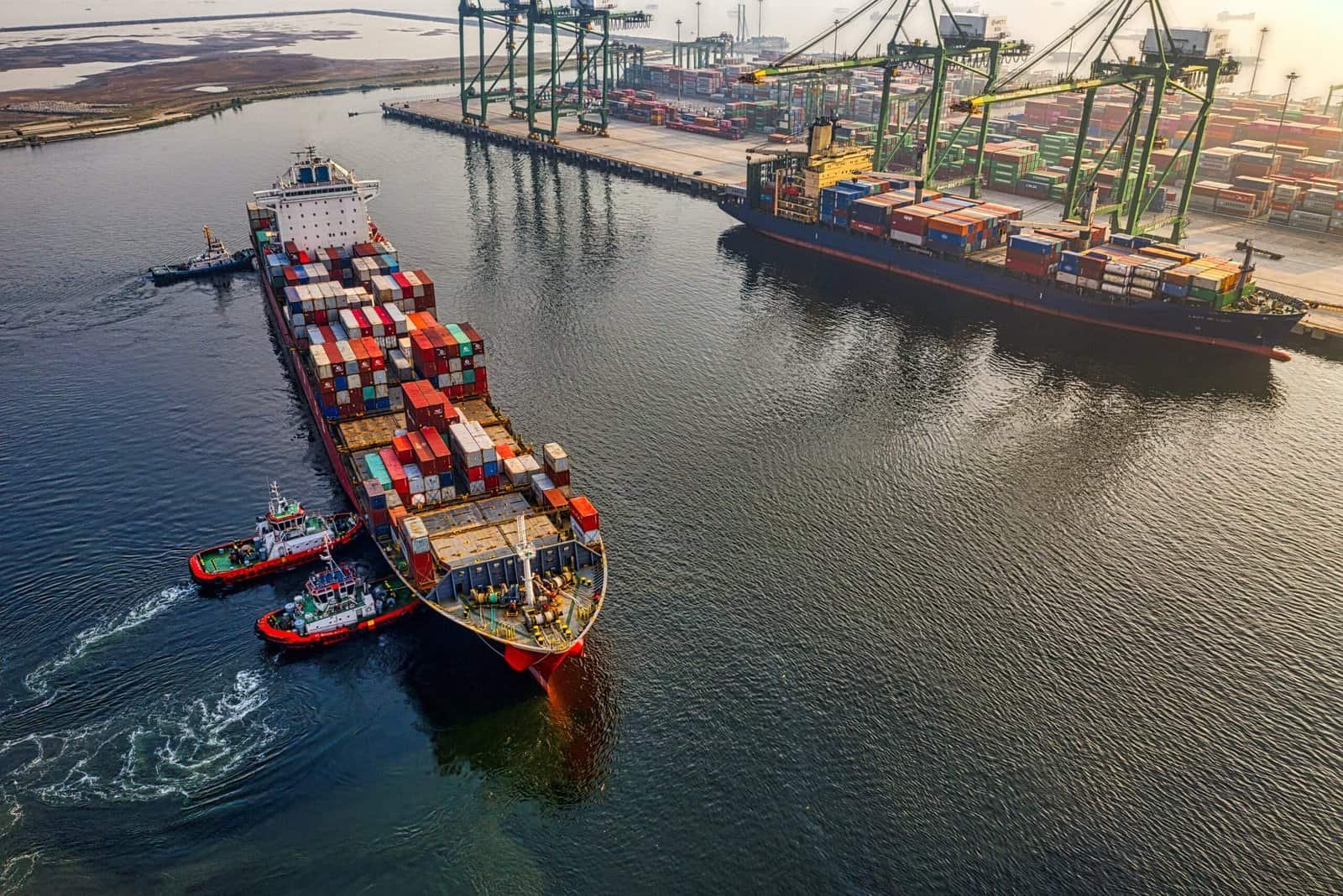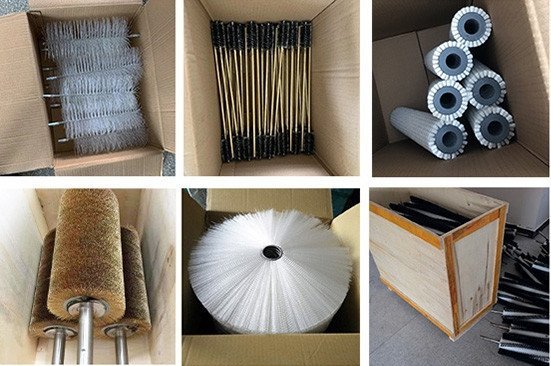Industrial strip brushes are small, but they’re essential little brushes. They have a very important job to do!
Industrial strip brushes are integral to keeping a machine running well and in tip-top shape for years.
As a result, choosing the right brush for your machinery is a big deal. In this guide, we will explain why industrial strip brushes matter for machinery and how picking the right one can make your machines work better and last longer.
Being a manufacturer, farmer, construction worker, or any other type of person who uses machines, knowing how to pick the right industrial strip brush is important for keeping things running well and downtime down to a minimum.
So, let’s start.
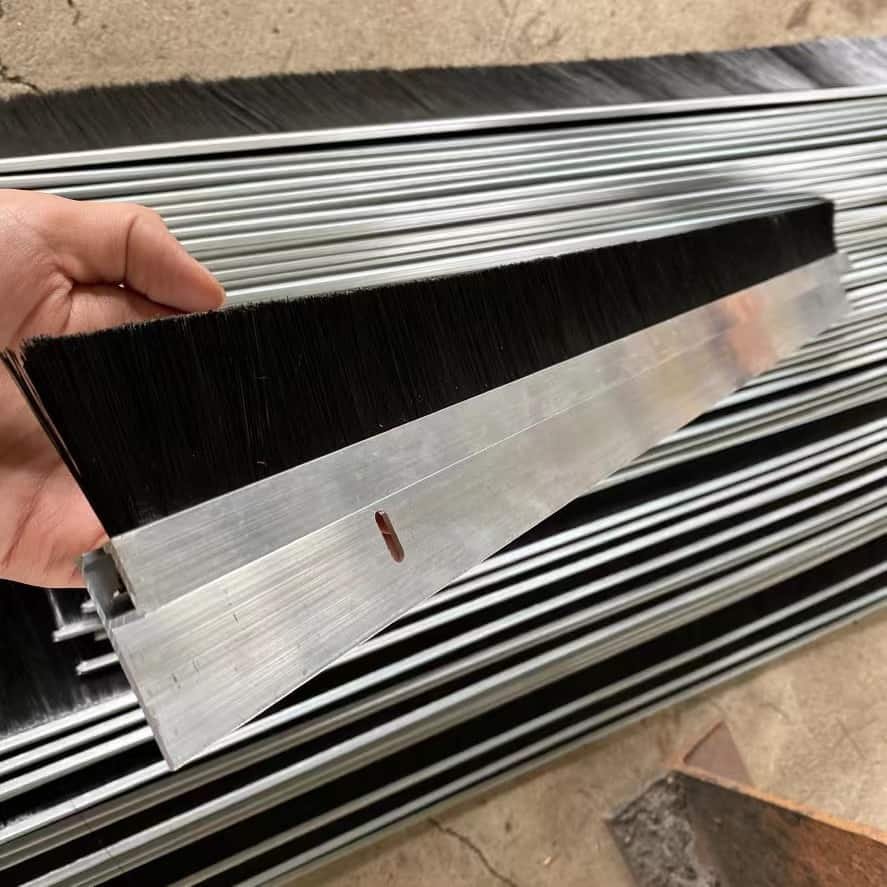
Understanding the Basics of Industrial Strip Brushes
Industrial strip brushes are important in any machinery used in different industries. These are bristle brushes mounted on a metal or plastic base, designed to help either seal, clean, or guide the other materials or surfaces.
Strip brushes are made from several materials, including nylon, polypropylene, and natural bristles like horsehair. The material is selected based on the purpose of the industrial strip brushes and the environment in which it will be used.
These are brushes that have different uses in different industries. In manufacturing, they seal the gaps and prevent dust or contamination from entering the machinery. In the agricultural setting, strip brushes help to clean and sort the produce.
In the construction, they guide the materials along the conveyor belts and prevent leaks.
Industrial strip brushes are heroes in their own rights, performing critical tasks in mechanized settings to ensure the machinery and processes are efficient and clean.
Now, it’s time to learn how to choose the right industrial strip brush for your machinery.
Key Factors to Consider When Choosing a Strip Brush
You must consider The following essential factors when choosing a strip brush.
Brush Material:
The material used for making a bristle will determine how well and long the strip brush can work out as different materials differ in strength, which might make one better for a given surface, debris or fluid that needs removing/sealing.
Natural fibers like horsehair or tampico would be softer but not durable or resistant. You should match brush materials with the environment and applications of your machinery, respectively.
For example, nylon fiber is strong, durable, and temperature-resistant, while polypropylene fibers are chemical and water-resistant since they are economical.
Brush Density:
The distance between the bristles is measured in density. Thickness defines a brush’s stiffness, flexibility, cleaning ability, and sealing properties.
A higher density would give more bristles per unit length, thus providing a firmer and more aggressive brush. A lower density implies fewer bristles per unit length, thus leading to softer and more flexible brushes.
The thickness should be decided according to the pressure, friction, and contact area needed on your part.
Brush Size and Shape:
Another major factor is the size and shape of this strip brush. Size can be length or width, or cross-section indicates its shape.
All these include a zone where it covers through its area coverage; reach means what should be the radius, i.e., the area covered by only one side / both sides; everything related to compatibility with your machinery depends upon two aspects.
Measure dimensions correctly so you can choose a rightly-sized machine against which this strip brush fits appropriately at a place.
You can also opt for customizable options that allow you to adjust the size and shape of the strip brush according to your preferences.
Backing Material and Profile:
The backing material is the base that holds all the bristles together. The backing material can be metal or plastic, depending on the strength and flexibility required.
Metal backings are more durable and rigid, whereas plastic ones are more lightweight and bendable. The backing profile is the shape of the support, determining how it can be mounted and how it conforms to curved or irregular surfaces.
Many types of variations in various backing profiles are available in the market, such as straight, angled, coiled, or twisted backing profiles.
Choose an appropriate backing material and profile based on your mounting and flexibility requirements.
So, by considering these factors, you can choose the correct Industrial strip brush for your machinery.
The Role of Strip Brushes in Preventive Maintenance

Strip brushes may not always be in the spotlight, but they play a crucial role in preventive maintenance for machinery. It is likely to come across equipment that lasts much longer and does not incur undue wear and tear if a person changes them now and then.
Strip brushes eventually suffer because their work involves continuous friction with the application materials. A brush with frayed or thinned bristles acts less effectively in its sealing, cleaning, or guidance function. Running costs increase, and more seriously, there can be breakdowns of the machinery.
That is why you must look for warnings telling you it’s time to replace the strip brush. There will always be signs like worn-out, bent, or missing bristles and their efficiency in sealing and cleaning jobs. You can always check your meeting and have it replaced, which means you can always allow your machines to run without any break due to some breakages, which may lead to massive loss because of unnecessary downtime.
Customization Options: When Off-the-Shelf Isn’t Enough
Off-the-shelf strip brushes only sometimes fit all your specific machinery needs. This is when customization comes to your rescue. Tailored strip brushes provide many benefits that may mean the whole world to your operations.
First and foremost, customization allows you to get exactly what you want. Tailored strip brushes fit your machinery precisely to give maximum performance and efficiency regardless of the type of brush material, size, shape, or density.
The process of purchasing custom strip brushes is straightforward. You contact a company with enough experience to understand what you need, and you consult the same company on the materials to use, dimensions, specifications, and designing of the strip brushes for your needs.
Optimization through customization goes hand in hand with better performance and customization for a perfect fit. This works when the off-the-shelf options prove inadequate; hence, customized strip brushes are made to take operations more seamlessly.
Cost Considerations
Strip brush selection is a price vs. quality balance. Cheap but inferior brushes may seem cost-effective initially; however, they are not in the long run. High-quality strip brushes last longer, reduce maintenance costs, and enhance overall machinery efficiency and performance; hence prove to be a good investment for long-term savings.
Conclusion
In conclusion, strip brushes are scanty parts of an industrial machine that impact its performance and life in ways many never thought about. Thus, material type, density, size, and customization options should all be considered when choosing such strip brushes. Moreover, understanding the cost trade-off between price and quality is crucial, as investing in high-quality strip brushes can lead to significant long-term savings.
Contact us now to explore the possibilities and enhance your machinery’s performance with our tailored solutions. Your machinery deserves the best, and we’re here to provide it.
